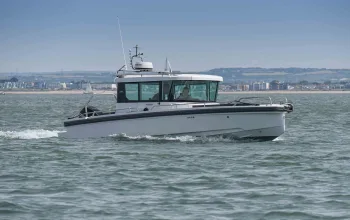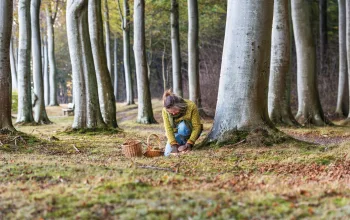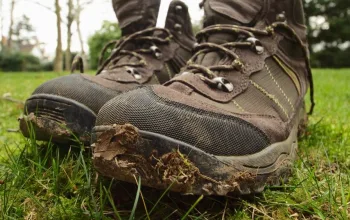What are frame bags?
“Unlike a traditional touring bike luggage set up of bulky panniers hanging on racks, frame bags do away with the extra weight of the racks and attach directly to the frame,” says Colin Stocker of frame bag brand Alpkit.
“There are several variations of frame bag,” says Stocker. “A made-to-measure bag that fits within the main triangle of the frame; a smaller bag that hangs below the top tube and fits a number of different bike frames; one that sits on the top tube; one that attaches to the back of the seat; and a handlebar bag, either strapped on directly or with a harness. Combine some or all of these bags for a fully loaded bike camping tour, or pare down to just one for a day-ride.”
What are they best for?
“More often than not it is multi-day cycling trips off road,” says Stocker, “It is also being recognised in more traditional road touring, where weight can be kept to a minimum, and the bike kept streamlined and more balanced.”
Why is this a growing trend?
“A lot of it has come down to the evolution of camping equipment,” says Stocker. “More can be fitted into smaller bags now. It allows people to expand their cycling adventures off road and experience overnight trips that perhaps were once more prohibitive with large panniers.
“The lighter loads and better bike handling means people can spread into more mountainous and rougher terrains. Where you perhaps went for one big day on the hills with your mountain bike, you can now take the stuff along with you and stay out overnight to maximise your time.”
Why not racks and panniers?
Unlike racks and panniers, frame bags keep the weight centralised along the frame of the bike, so maintaining responsive and balanced handling when using off road.
Alpkit’s bike packing set up
COCKPIT: Stem cells (£18) on the front. One with snack food or water bottle and the other a mug with stove, gas, and a spoon – you can always add more cutlery for a bit of luxury!
BARS: A sleeping bag goes in the front dry bag on the handlebars (£13.50) – often you can roll your mat around the inside of the dry bag and stuff the sleeping bag in the middle.
TOPTUBE: Electrics, snacks, and repair kit go in the small top tube bag.
SEAT PACK: Clothes and waterproofs go in the seat pack (£65) behind your saddle.
FRAME BAG: This is where heavy items go to keep your weight low and central, such as your tent or bivvy bag, water and food (made-to-measure Stingray from £65).
For bike packing products, advice and inspiration, see alpkit.com





















